Central Park is not only the continent’s first public park, but arguably the most iconic. Artists have traveled from across the globe inspired to paint, play and write about the 843 acres of beauty.
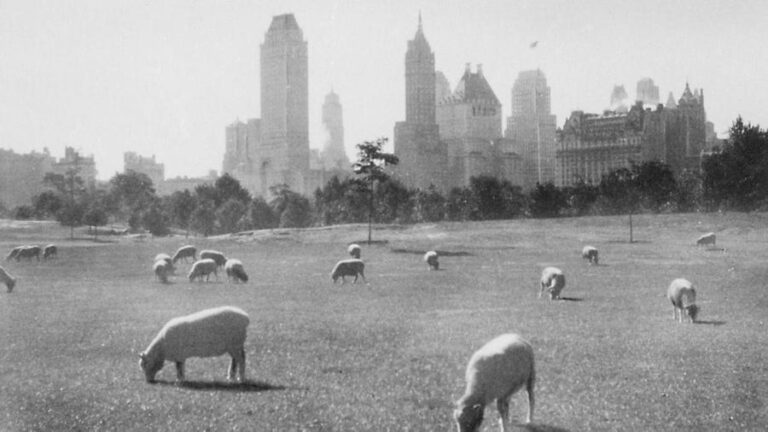
The sacred space is surrounded by world-renowned music venues, museums, and galleries. Harlem’s home for R&B and soul, the Apollo Theater, sits just 15 blocks north of the park while Carnegie Hall attracts world-class orchestral talent just two blocks south of it (slightly northeast of Radio City Music Hall). Rock aficionados frequent the Beacon Theatre on West 72nd street to the west of the park while sophisticated symphony-enthusiasts admire the NY Philharmonic at Lincoln Center. Hugging Central Park on the east, art-lovers marvel at the rotating and static exhibits on Museum Mile and photographers snap photos of New York’s impressive architecture.
It would be hard to imagine one of the world’s most culturally blended cities without a gathering place for people to connect with nature and community. And some of the most memorable gatherings in the early to mid-twentieth century occurred at Sheep Meadow between West 66th and 69th streets. To bookmark the tumultuous 1970’s in the drug-infused, crime-filled, disco and punk era, James Taylor played the last big concert at Sheep Meadow in front of a quarter-million people. After Sheep Meadow closed its grass to tarps, blankets and bare feet, large concerts were given a new space on the Great Lawn located mid-park between 79th and 85th street.
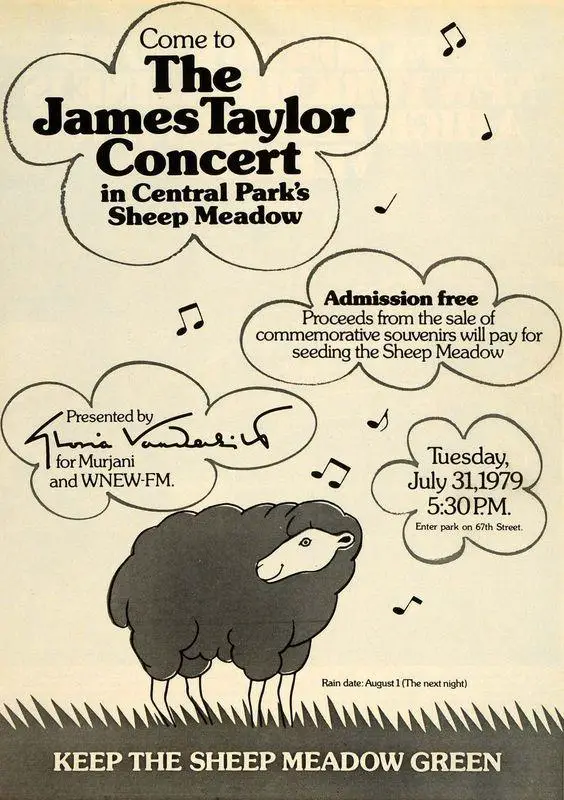
They don’t call it the Great Lawn for nothing. Some of the largest crowds in recorded history packed the 55-acre plot of land to “be a part of it” as Frank Sinatra would say. Maybe it’s the park’s natural setting that makes it so appealing for concert goers or it could be the central hub, but many performances in the ‘80s created a sense of hope and peace during some of the roughest years. While the NY Times called 1980, “the worst year of crime in the city’s history,” music provided a momentary lapse of chaos. In June 1980, an estimated 200,000 spectators on the Great Lawn welcomed Pavarotti and then two months later, Elton John entertained 400,000 fans.
The following September, Simon & Garfunkel reunited for their first live performance in 11 years as a duo. The free benefit concert supporting the nonprofit Central Park Conservancy was expecting around 300,000 guests, but an estimated half a million people showed up for the legendary reunion. After opening with “Mrs. Robinson” and “Homeward Bound,” Simon commented, “Well, it’s great to do a neighborhood concert,” and thanked the police, the fire department, the park administration. The subsequent live album recorded that night went on to peak at number six on the Billboard 200 chart in 1982 and was positively received by music critics and worldwide fans of NYC-based folk.
While the magic created that night in Central Park between the future Rock and Roll Hall of Famers sparked a world tour the following spring, the relationship between the two musicians was creatively impossible to maintain, so they decided to call it quits before ever releasing a reunion album. On the positive side, their benefit concert to support the park’s restoration and maintenance plans was reimagined by other artists on the Great Lawn for decades to come.
Another major Great Lawn milestone took place in June of 1982 as part of the “No Nukes” movement. Central Park’s Rally for Nuclear Disarmament was held on June 12, 1982, and invited chart-topping musical guests including Bruce Springsteen, Linda Ronstadt, James Taylor and Jackson Browne to play in front of an estimated crowd of 750,000. Four years later, in July 1986, a record-breaking 800,000 people were reported at the New York Philharmonic and U.S. Marine Band joint concert to celebrate the restoration and reopening of the Statue of Liberty.

In April 1990, another massive crowd of three-quarters of a million packed Central Park for Earth Day. The musical guests were the B-52’s, Hall & Oates and Eddie Brickell. That same year, the Central Park Conservancy’s SummerStage concert series was moved to Rumsey Playfield, located just off the East 69th and 5th Avenue entrance to Central Park. While not as big as the massive Great Lawn and Sheep Meadow gatherings, the SummerStage has brought world-class acts to the area for over three decades, promoting everything from Central Park preservation, Greenpeace, voter awareness and social justice.
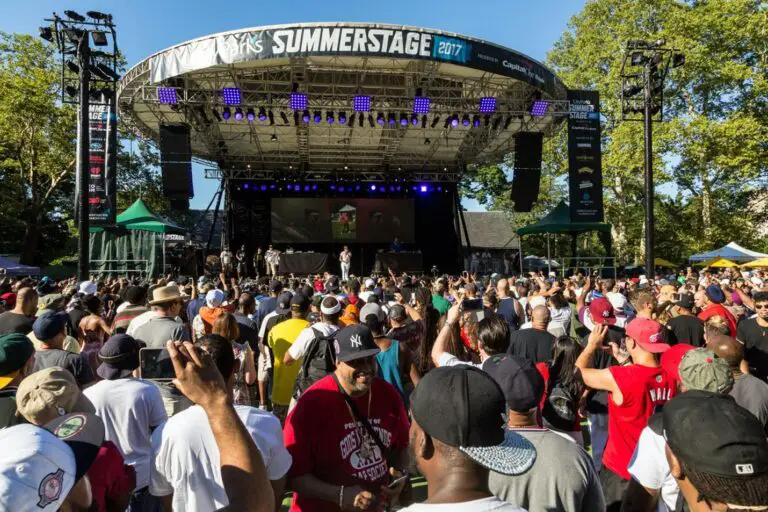
Paul Simon returned in 1991 to a giant crowd on the lawn, but every attendance record for a single artist was destroyed by Garth Brooks in 1997 for a show better known as “Garthstock” due to the giant turnout in a city not known for country music. Dave Matthews Band would bring the free benefit show back to the Great Lawn in 2003 to support music and art education in the NYC public school system, drawing an estimated 85,000. Matthews greeted the crowd saying, “So nice to run into you in the park here, the greatest park in the world, and the greatest city in the world.”
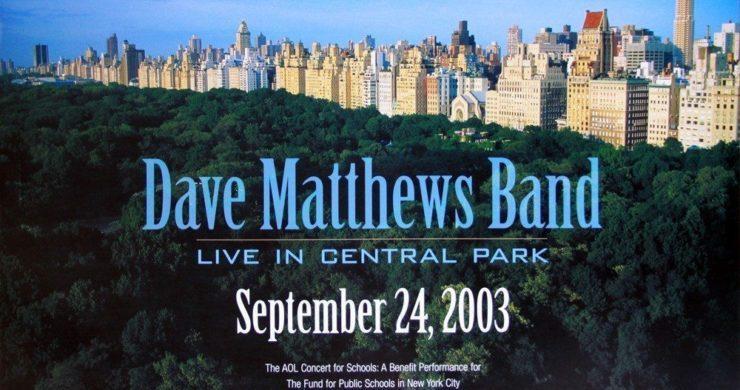
The Black Eye Peas filled the Great Lawn in 2011 for yet another benefit concert raising over $4 million for the Robin Hood Foundation. In 2019, nearly $1 billion was raised during the Global Citizens Festival supported by headliners: Queen + Adam Lambert, Pharrell Williams, Alicia Keys, OneRepublic, H.E.R., and Carole King. The city’s incredible fundraising ability is only as powerful as the people that support the events — artists, promoters, attendees. Concerts on the Great Lawn are not only legendary due to the phenomenal performances in the epic “green lung” of the country’s largest city, but many of the concerts have transcended music and focused on the greater impact of people helping people.
What’s so special about Central Park is that you don’t have to be one of the hundreds of thousands to enjoy a memorable live music experience in Central Park. The grounds are full of talented performers from all over the world, and the magic of New York’s most iconic park is that you never know who you’ll run into playing in the paths and park entrances.
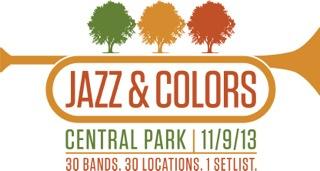
If you happened to be in the park during 2013’s installment of Jazz and Colors (a Peter Shapiro sponsored event), you might have run into an impromptu jazzy set with a touch of psychedelia. Bassist Phil Lesh, guitarist Eric Krasno, and drummer Joe Russo dropped their equipment on a random path and started playing to a crowd of zero, then a few dozen, then a few hundred. It’s moments like these that accentuate the excitement of being in the park on a fall afternoon.
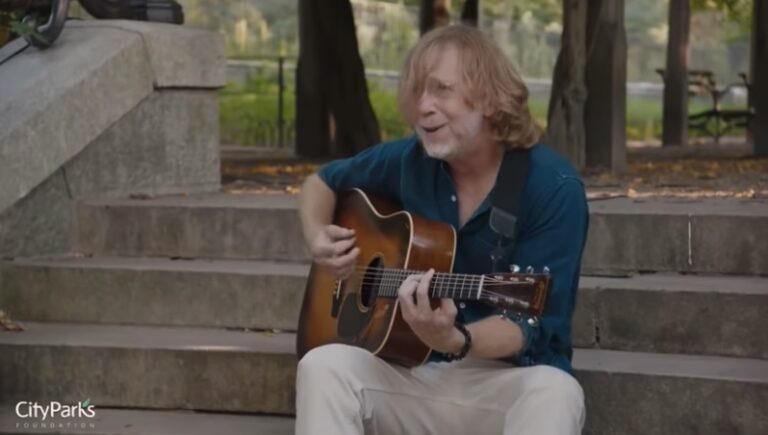
Just this past September, as the leaves began to turn during a global pandemic, you might have run into Phish’s Trey Anastasio playing solo acoustic in support of the Parks Foundation’s SummerStage Jubilee. When asked the energy of a quarantined city, Anastasio remarked, “Yes, it’s weird walking through Times Square right now, but Times Square was tourists. But if you go into residential neighborhoods, I mean listen, it’s the greatest city in the world…always has been.”


Comments are closed.